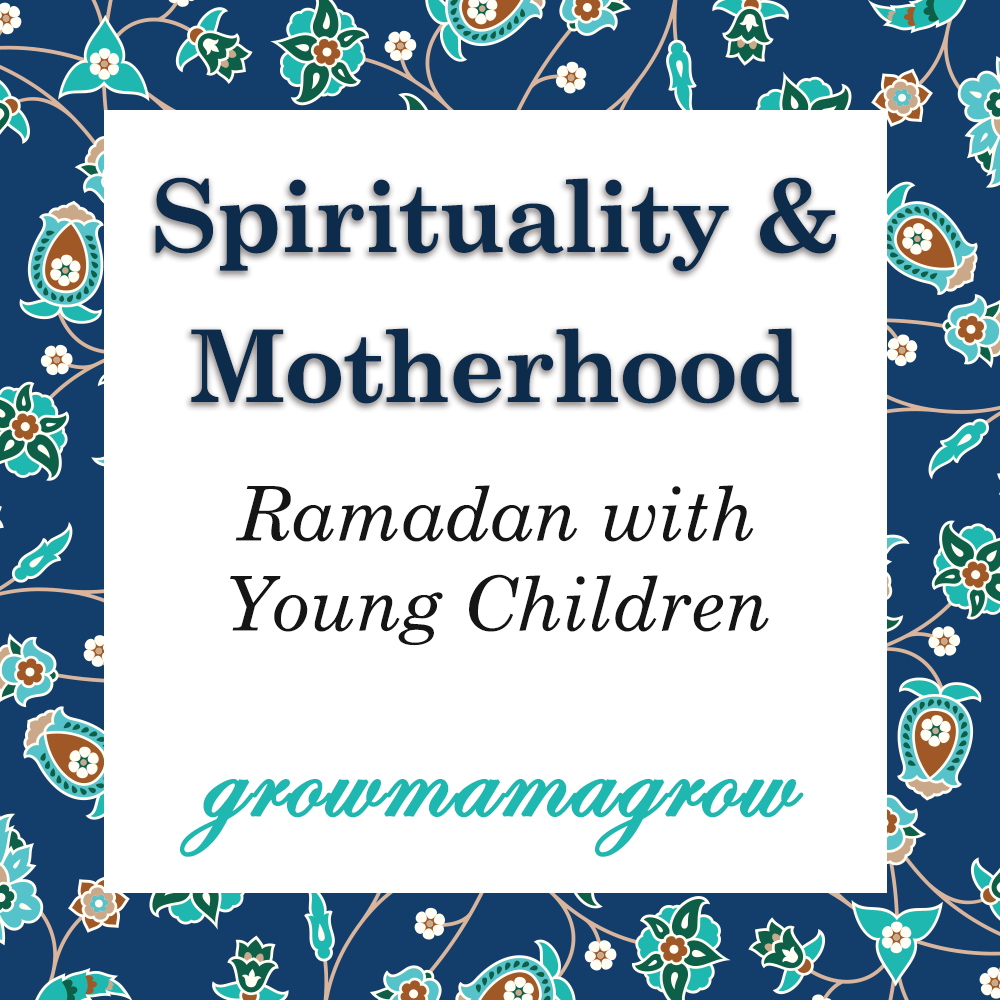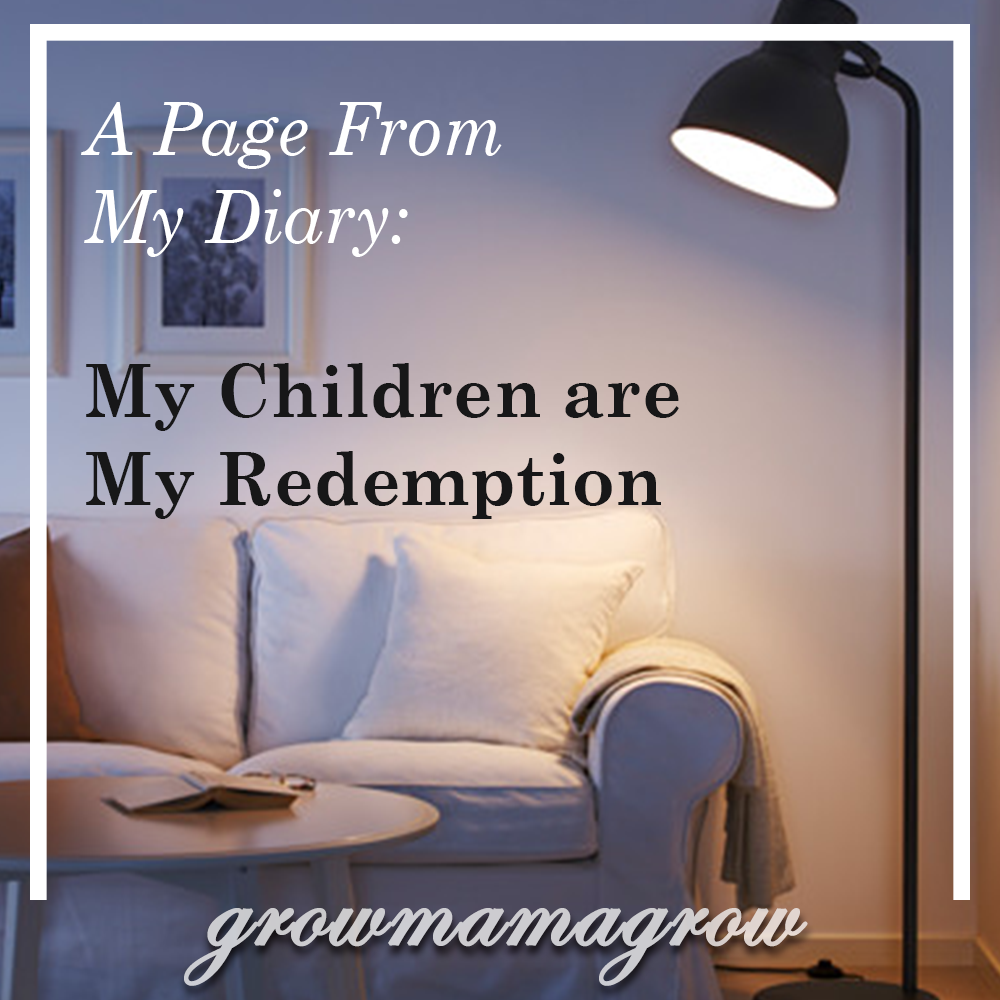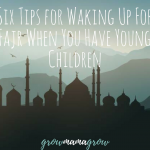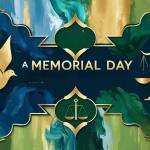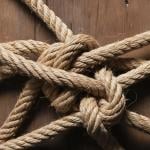I recently moved a bookshelf into my kitchen, so that the children could have easy access to drawing paper, colored pencils, pastels, markers, glue, scissors, as well as all of their school books (you know, in case they feel like doing a math lesson on their own). Drawing at the table has become the go-to activity when mama is busy cooking, cleaning, or just plain cranky. While this has resulted in quite a few unwanted scribbles and way too many cap-less markers, it has also released an exciting flow of spontaneous creativity, discussion, and information processing around my kitchen table.
My two eldest daughters churn out anywhere from two to ten drawings a day (which means I have to find an organizing system for their artwork). I recently handed Iman, my five-year-old, a book from the library on how to draw horses (her favorite animal), with just a “Here, try this,” and she spent an entire morning drawing preschool versions of Arabian horses, while at the same time making pencil outlines for her younger sister to trace over. I wonder at their focus and concentration, which is baffling for children who usually never stick to any one activity for more than a few minutes.
One day we were discussing the benefits of dhikr, and talked about this hadith, “Whenever a group of people sit together remembering Allah, the angels surround them, Allah’s mercy envelopes them, and Allah mentions them in a better company.” When we had finished, as an afterthought I suggested to Iman that she try to draw what she understood from the hadeeth we had discussed, and challenged her to remember the three things that happens when people remember Allah (swt). This is what she came up with:
After that experience, I quickly discovered that drawing could be an essential learning tool for learning Quran and hadeeth for children already fascinated by this simple art form. We often restrict Quran and religious studies to a one-way learning experience instead of an interactive one, maybe because we try to instill a sense of respect and a “hear and obey” mentality. However, respect comes after a true connection. Drawing stories and concepts can help children connect with the Quran and hadeeth and interact with the ideas and information they encounter in a creative, nonjudgmental process.
We drew pictures of Hajar and her son Ismaeel in the desert, the angels bowing down to Adam, and drew pictures representing Allah’s name “Ar-Raziq”, The Sustainer. I challenged her to draw the stories and hadeeth without trying to draw Allah or his prophets, since “we just don’t know what they look like.” That seemed very sensible to her, and she’s found plenty of ways around it. Once she’s finished, she narrates the story, verse, or hadeeth using her drawing as a guide.
I am enjoying immensely the drawing and storytelling around our faith.
(And of course, we don’t forget to draw pictures of current events!)
Maha Ezzeddine
Maha is a homeschooling mother of four children (5 1/2, 4, 2, and 6 mos.) and lives in Houston, TX. She is an active MAS worker and enjoys reading, blogging, and working for Islam.
Editor’s note: This piece was originally published on growmama.com on Feb. 13, 2011





